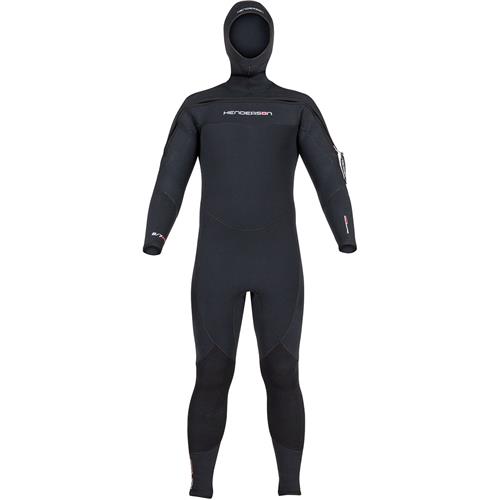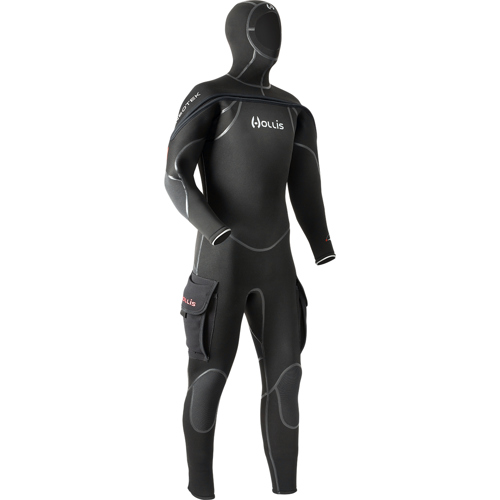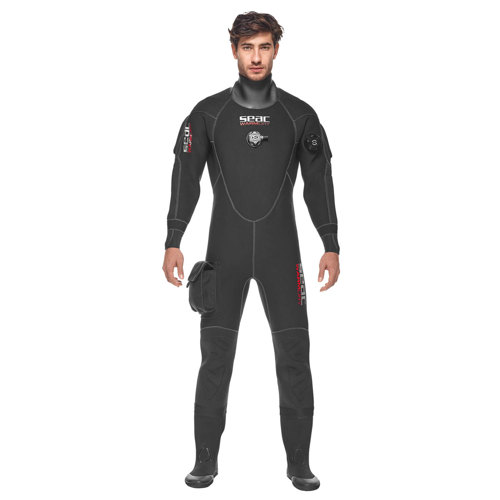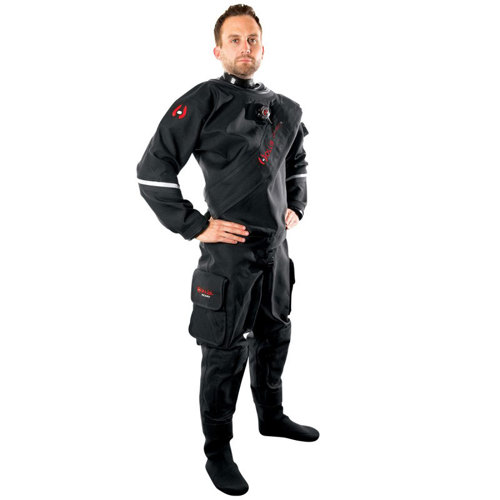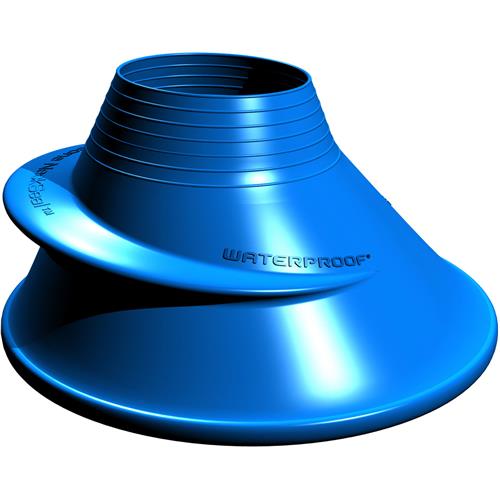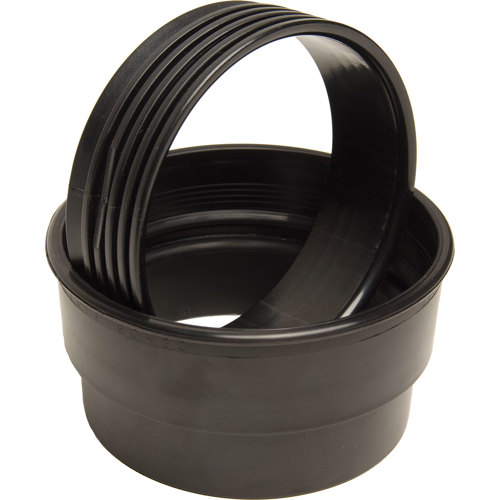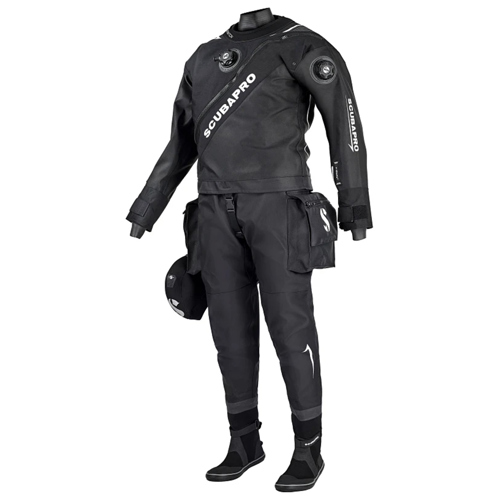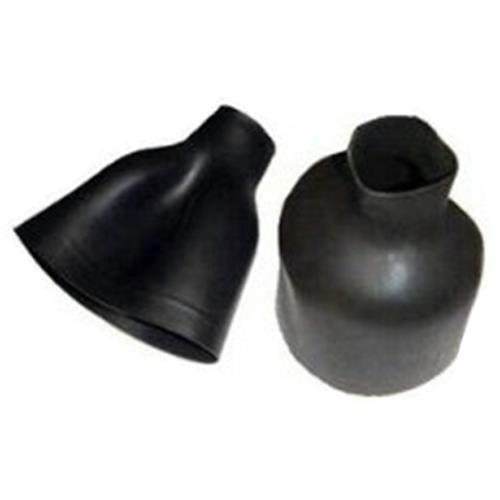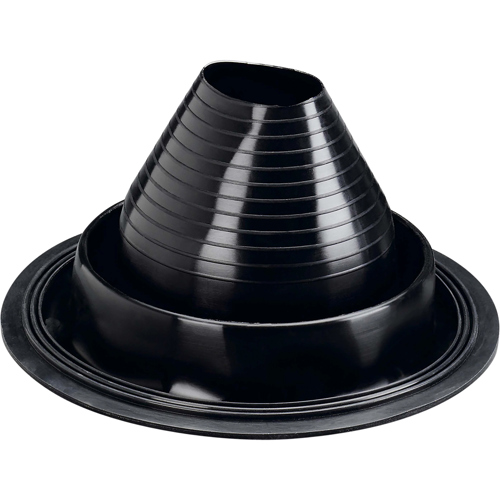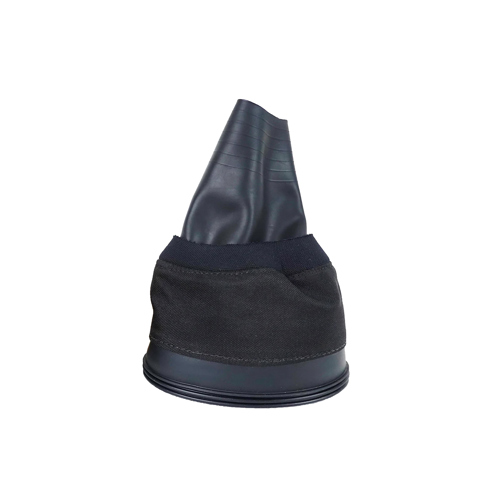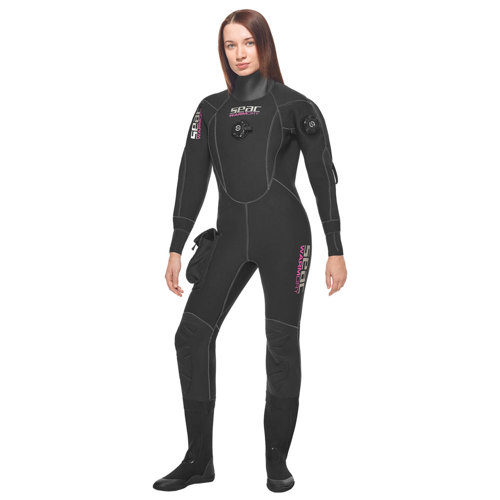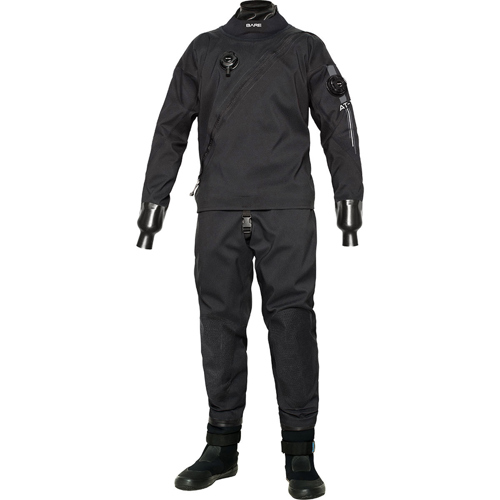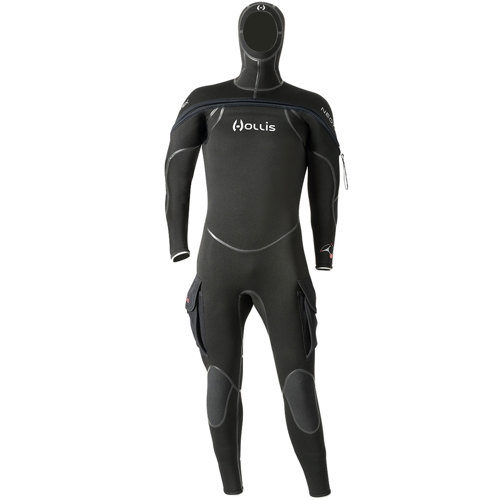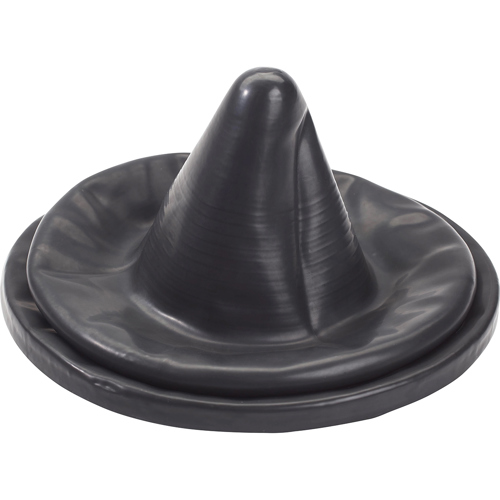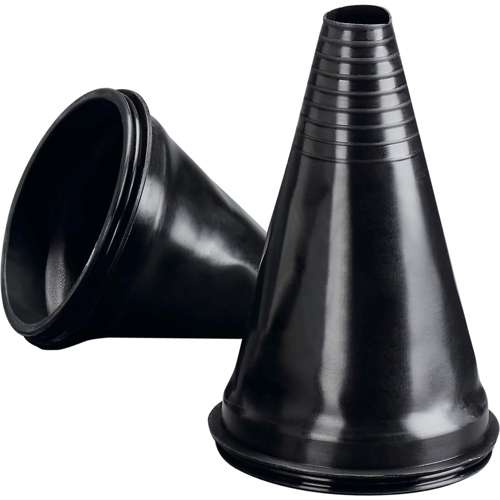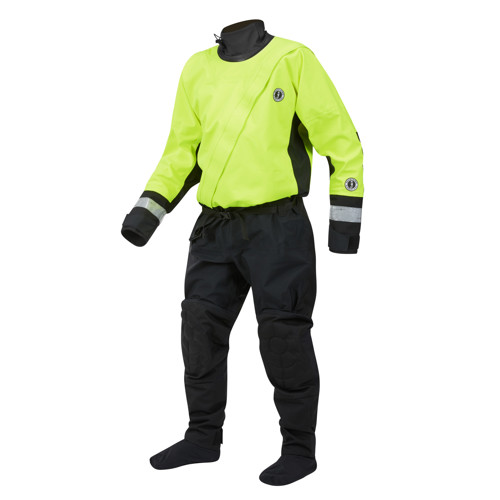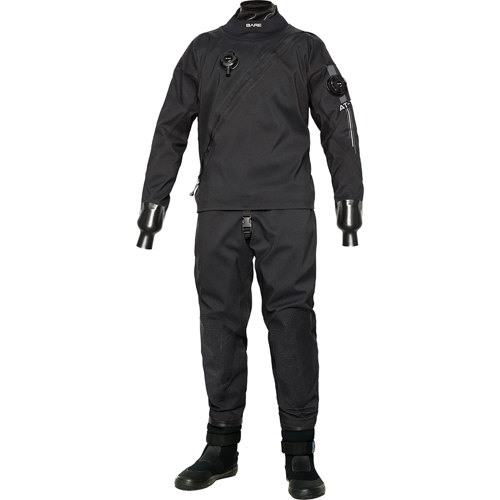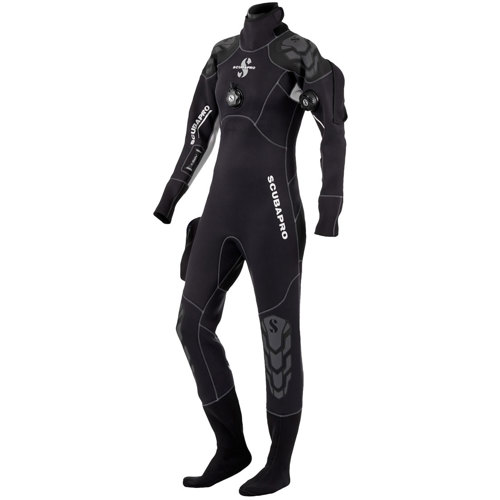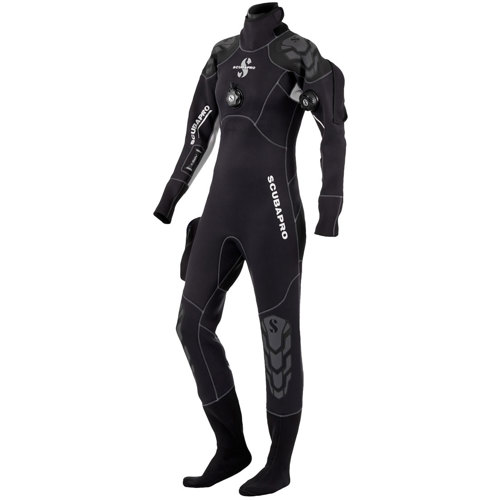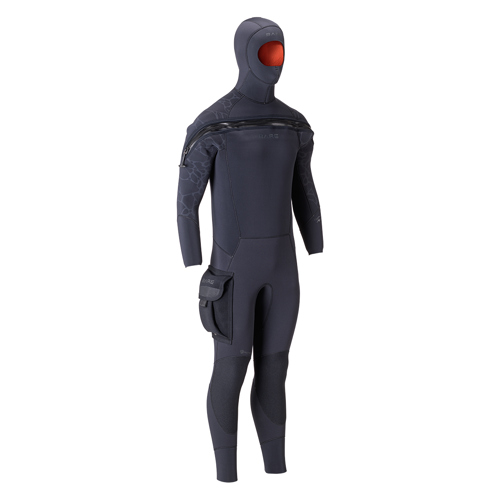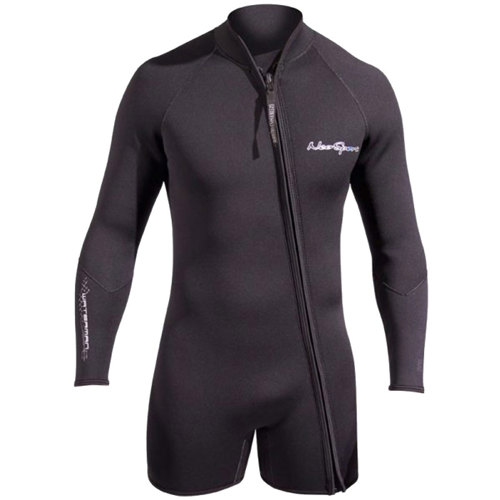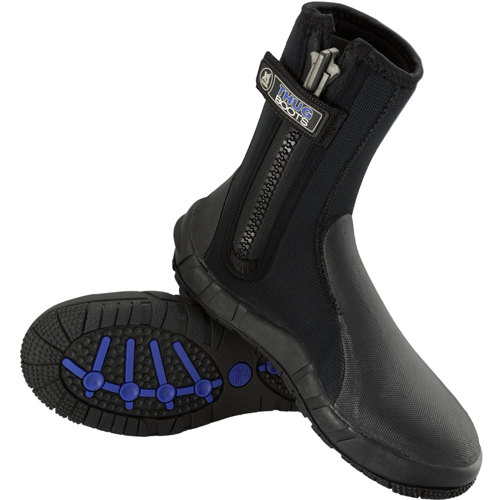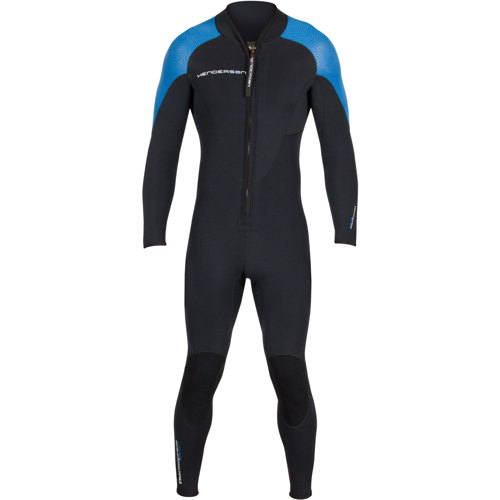When considering drysuit durability, it’s important to understand the unique demands these suits are designed to withstand. Drysuits are essential for divers, snorkelers, kayakers, and water sports enthusiasts who venture into colder or more challenging aquatic environments, where staying dry is critical for both comfort and safety. The longevity of a drysuit often hinges on its construction and the materials used. Trilaminate fabrics, for instance, are prized for their resistance to abrasion and punctures, making them a preferred choice for those navigating rocky shorelines or engaging in technical dives. Neoprene drysuits, on the other hand, offer a balance of insulation and flexibility, with the added bonus of robust seals that can endure the rigors of frequent donning and doffing. Features such as double-taped seams, reinforced panels at high-wear areas like knees and elbows, and heavy-duty zippers all contribute to a suit’s ability to stand up to years of adventure. For divers who find themselves exploring shipwrecks, traversing underwater caves, or working in commercial or scientific diving roles, these elements are not just conveniences—they are necessities for ensuring the suit’s integrity and the user’s safety.
Proper care and maintenance are just as crucial as the initial build quality when it comes to maximizing a drysuit’s lifespan. After a long day spent braving chilly July waters or navigating swift currents, taking the time to rinse off salt, sand, and debris can make all the difference. Storing the suit in a cool, dry place—ideally hung by the legs with the zipper open—prevents material fatigue and preserves the elasticity of seals. Attention to small details, like using a changing mat to shield booties from abrasive surfaces and regularly cleaning the interiors, helps prevent premature wear. Lubricating zippers and promptly addressing minor leaks or seal issues can stave off more significant repairs down the road. For those who rely on their drysuits for regular training, instruction, or guiding, these habits become second nature, often passed down through stories of gear that has weathered years of hard use. A well-maintained drysuit can often last a decade or more, becoming a trusted companion on countless dives and cold-water adventures.
Drysuits also make practical and thoughtful gifts for experienced divers or outdoor enthusiasts who are ready to upgrade their gear. Whether it’s for a milestone birthday, a dive certification achievement, or simply to encourage a loved one’s passion for exploration, a durable drysuit is a gift that speaks to a commitment to safety and adventure alike. As with any technical gear, knowing when to replace a drysuit is just as important as knowing how to care for it. Signs such as persistent leaks, brittle or cracked seals, thinning fabric, or compromised seams are clear indicators that the suit’s protective qualities may be fading. For those transitioning between seasons, especially during the summer months when water temperatures can still be brisk in certain regions, having confidence in the durability of your drysuit ensures uninterrupted enjoyment of your favorite activities. And for those interested in comparing drysuit durability with other types of exposure protection, our comprehensive guide on
Wetsuit Durability offers valuable insights into material differences and care techniques. Ultimately, investing in a high-quality, durable drysuit—and treating it with the respect it deserves—means more time spent exploring the underwater world with peace of mind and fewer interruptions for repairs or replacements.
Top Picks For Drysuit Durability

